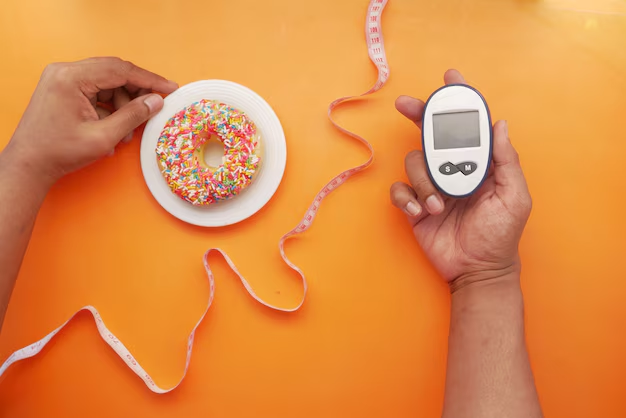Best Foods for Diabetics: A Guide to Healthy Eating
Living with diabetes brings with it the imperative of making smart food choices. But with so much information out there, choosing the right foods can often feel overwhelming. Let's cut through the noise and highlight some of the best foods that can help manage diabetes effectively while keeping your meals delicious and satisfying.
Whole Grains and Fibrous Foods
Whole grains, such as quinoa, oats, and brown rice, are excellent for controlling blood sugar levels due to their low glycemic index (GI) and high fiber content. Fiber is crucial for slowing down the absorption of sugar and improving blood sugar levels. Foods like lentils, beans, and avocado also belong in this fibrous category, offering high nutrients without causing spikes in blood sugar.
Green Leafy Vegetables
Veggies like spinach, kale, and broccoli are not just full of essential nutrients and vitamins but are also extremely low in calories and carbohydrates. Including a variety of these leafy greens in your diet can enhance meal volume and satisfaction without impacting blood sugar negatively.
Healthy Fats
Incorporating foods with healthy fats, such as olive oil, nuts, and seeds, can help improve heart health—a critical concern for diabetics. Fatty fish like salmon, mackerel, and sardines are rich in omega-3 fatty acids that are known to reduce inflammation and cardiovascular risk.
Berries and Fruits
Moderation is key, but fruits like berries (strawberries, blueberries, blackberries) are wonderful for diabetics because they are lower in sugar than many other fruits and incredibly high in fiber. They can be a guilt-free sweet treat that complements a balanced diet.
Protein-Rich Foods
Lean proteins such as chicken, turkey, tofu, and legumes support muscle maintenance while stabilizing blood sugar. Protein is essential in a diabetic diet not just for its nutritious benefits but also because it helps facilitate a feeling of fullness, thus reducing the likelihood of sugar cravings.
Navigating Financial and Educational Resources for a Healthier Lifestyle
Eating right is a cornerstone of managing diabetes, but it can sometimes be financially taxing. Fortunately, there are various programs and resources available to support those who need assistance, including educational opportunities that provide further understanding of diabetes management.
✨ Here’s a quick breakdown of resources that can assist:
SNAP (Supplemental Nutrition Assistance Program): Provides financial assistance for purchasing nutritious food.
WIC (Women, Infants, and Children): Targets specific families, offering resources for healthier living options.
Food Banks and Pantries: Many local organizations offer free or discounted healthy food options.
Diabetes Self-Management Education Programs: Available in many communities to help diabetics manage their condition effectively.
Health Savings Accounts (HSAs): These can be utilized for medical expenses, including diabetic supplies and services.
Community Gardens and Farmers' Markets: Many accept EBT cards and offer fresh produce at reduced prices.
Financial Aid Office at Local Universities: Often provides grants or reduced tuition for diabetes education programs.
Educating yourself about these foods and resources can lead to improved health and financial stability. By choosing the right foods and tapping into available support systems, managing diabetes becomes not only a health goal but a sustainable lifestyle change.
